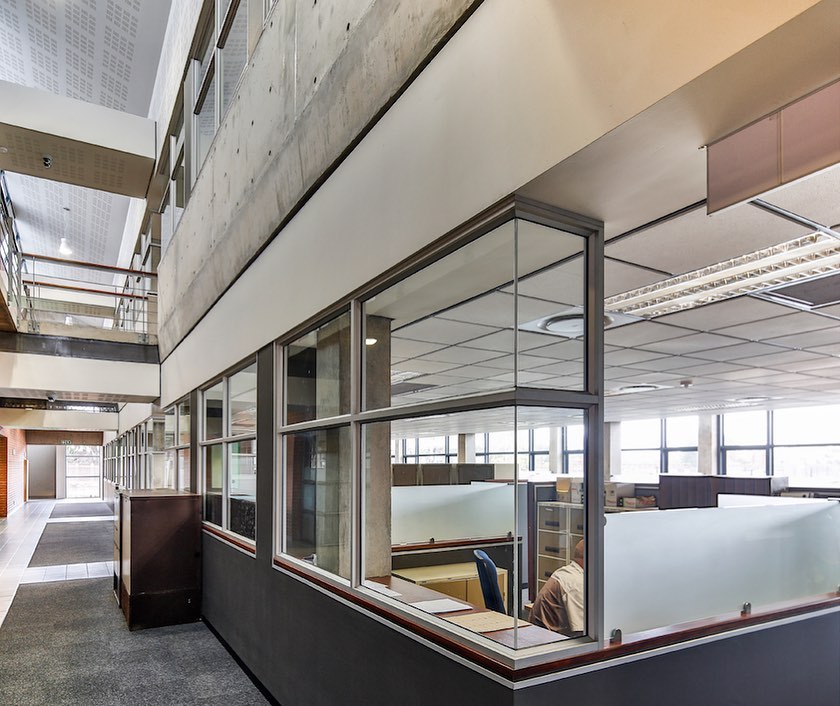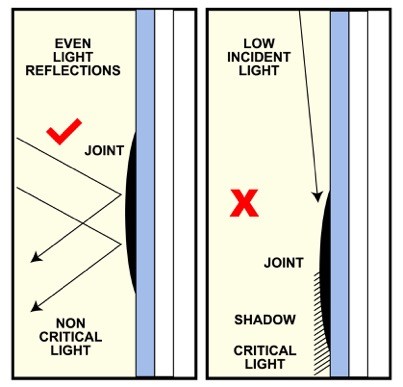Pelican System Creating environments.
Established over 50 years ago by Rodney Gould, Pelican Systems is a family owned and operated business that supplies ceiling and partition systems for commercial and residential projects.
This includes suspended and flush plastered ceilings, as well as a range of drywalls of exceptional quality.
And while Pelican Systems ceilings and drywalls are top quality, there are factors that can make them appear flawed.
One such factor is glancing light.
“Glancing light is the light that shines obliquely across the surface of a wall or ceiling that magnifies surface irregularities and can make a high-quality surface finish look imperfect,” explains the company.
“Under the majority of lighting conditions, a plasterboard surface will appear flat. In critical lighting conditions, an effect referred to as ‘glancing light’ will highlight any surface variations,” they continue, adding that irregularities can occur because of differences in the framing or joints or the hand-finished nature of plasterboard.
“This phenomenon occurs when sunlight or another source of light strikes a surface at a 15-degree angle or less. At this angle, any irregularity on the surface can cast a shadow and make the surface look uneven. Depending on the source of light, this may be highlighted at a specific time of day and for a limited period of time and does not affect the performance of the system, but merely the aesthetic for the period of time that the light casts this shadow or reflection,” Pelican Systems explain.
critical-and-non-critical-light-illustrations
The phenomenon can be accentuated by floor-to-ceiling windows, the placement of windows, unshaded light bulbs, ceiling-mounted fluorescent lights and gloss paint.
To avoid this from happening, it is important to consider the effect of light during the design process, explains the company. This includes the placement of windows, the direction in which joints run (always at right angles to a light source), lighting fixtures and their position, and finishes.
“Where glancing light is deemed to be a concern it is recommended that after finishing the joints, the entire surface is skimmed to conceal imperfections in the joint work. The use of external shading or vertical louvres can be useful to reduce the effects of glancing light, as well as the use of curtains or interior blinds,” the company concludes.
You might also like...
-
Embrace decorative tin pressed panels in warm colours this autumn with Vintage Pressed Ceilings

As the vibrant colours of summer give way to the warm and cosy hues of autumn, we are provided with the inspiration to bring these ...
-
Pelican Systems: Creating environments.

Far more than just the roof above your head, ceilings play an important part in the overall design and functionality of a space. After all, there’s ...
-
Solent – Design with Dominance: Exploring the World of Ceiling Fans

Ceiling fans have long been an essential fixture in our homes, providing relief from the heat while enhancing the overall aesthetics of a room. But ...




























